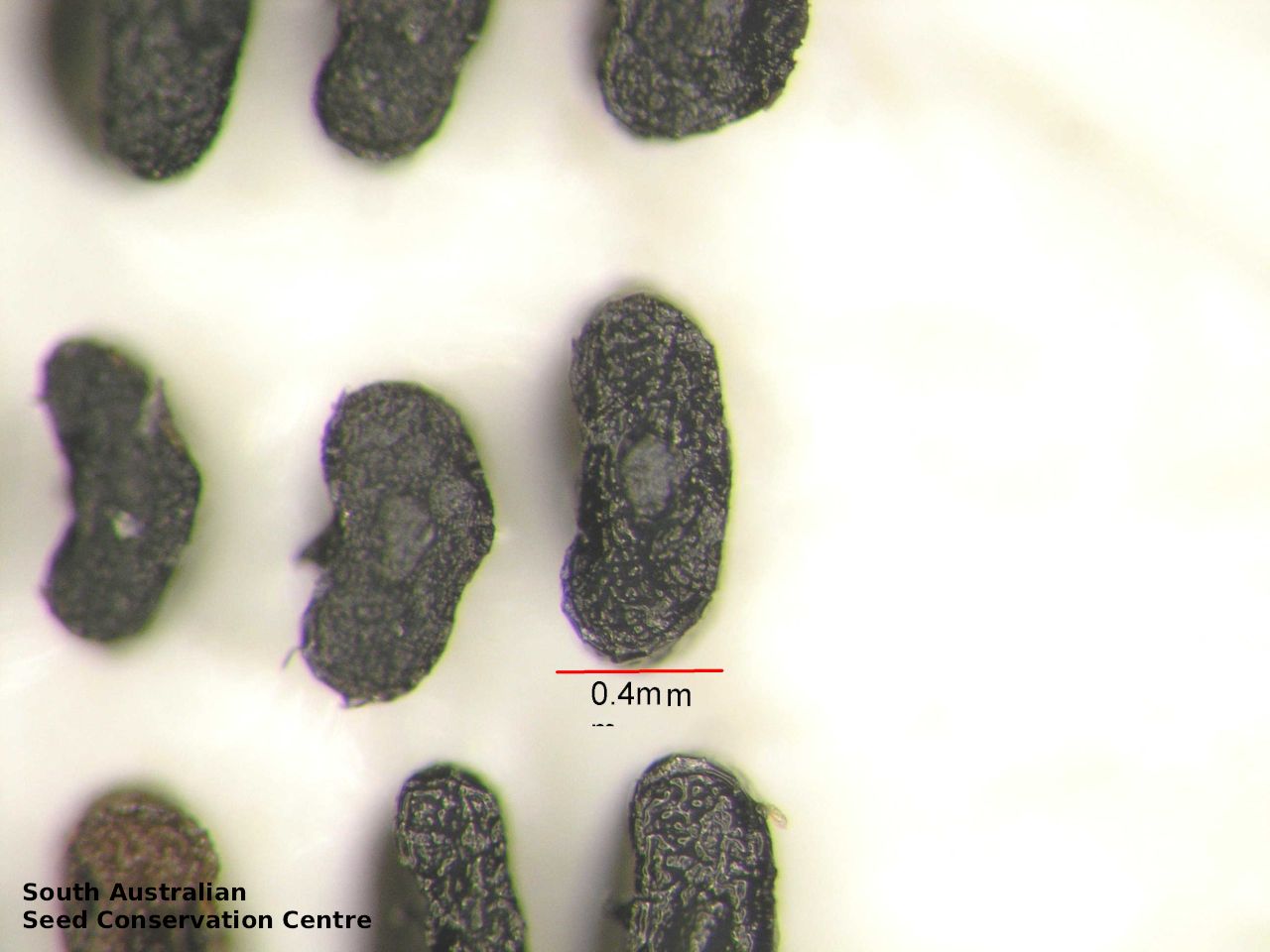

















Botanical art
Prior names
Logania vaginalis
Logania longifolia, partly
Logania sp. B
Common names
Rock Logania
Large Logania
Etymology
Logania, named after James Logan (1674-1751), an Irish born botanist who emigrated to North America, became Governor of Pennsylvania and wrote a book on the sexuality of plants. Saxatilis, from Latin for rocky, referring to its rocky habitat.
Distribution and status
Endemic to South Australia and found in the Flinders Ranges and the Mount Lofty Ranges growing on steep-sided sandstone gorges, in open woodland community and in crevices of rocky outcrops in shallow sandy or clay-rich soils. Native. Rare in South Australia.
Herbarium regions: Flinders Ranges, Northern Lofty, Murray, Southern Lofty, Green Adelaide
NRM regions: Adelaide and Mount Lofty Ranges, Northern and Yorke, South Australian Arid Lands, South Australian Murray-Darling Basin
AVH map: SA distribution map (external link)
Plant description
Erect multi-branched, open shrub to 2.2 m high and 2.5 m wide; dioecious, with branches and leaves glabrous and glaucous. Leaves ovate or elliptic, to 80 mm long and 35 mm wide; margin entire, slightly thickened; lower surface with midrib slightly thickened and raised. Inflorescence a terminal panicle dividing into a number of clusters with many white, uni-sexual flowers. Flowering between July to November. Fruits are orange-brown narrow- ovoid capsule to 10 mm long and 5 mm wide. Seeds are black convex seed to 1.5 mm long and 1 mm wide, with a reticulate surface. Seed embryo type is linear fully developed.
Seed collection and propagation
Collect seeds between September and December. Collect maturing capsules, those that are fat, turning orange-brown in colour, have not open and contain hard black seeds. Place the capsules in a tray and leave to dry for one to two weeks to split. Rub the capsules gently with a rubber bung to dislodge the seeds. Use a sieve to separate the unwanted material. Store the seeds with a desiccant such as dried silica beads or dry rice, in an air tight container in a cool and dry place. From two collections, the seed viability was high, at 100%.
| Location | No. of seeds (weight grams) | Number of plants | Date collected | Collection number Collection location | Date stored | % Viability | Storage temperature |
|---|---|---|---|---|---|---|---|
| BGA | 55,000 (12.24 g) | 50+ | 7-Dec-2006 | KHB67 Southern Lofty | 1-Aug-2007 | 100% | +5°C, -18°C |
| BGA MSB | 29,150 (7 g) 29,150 (7 g) | 20 | 3-Dec-2006 | RJB70471 Southern Lofty | 1-Aug-2007 | 100% | +5°C, -18°C |
Number of plants: This is the number of plants from which the seeds were collected.
Collection location: The Herbarium of South Australia's region name.
% Viability: Percentage of filled healthy seeds determined by a cut test or x-ray.